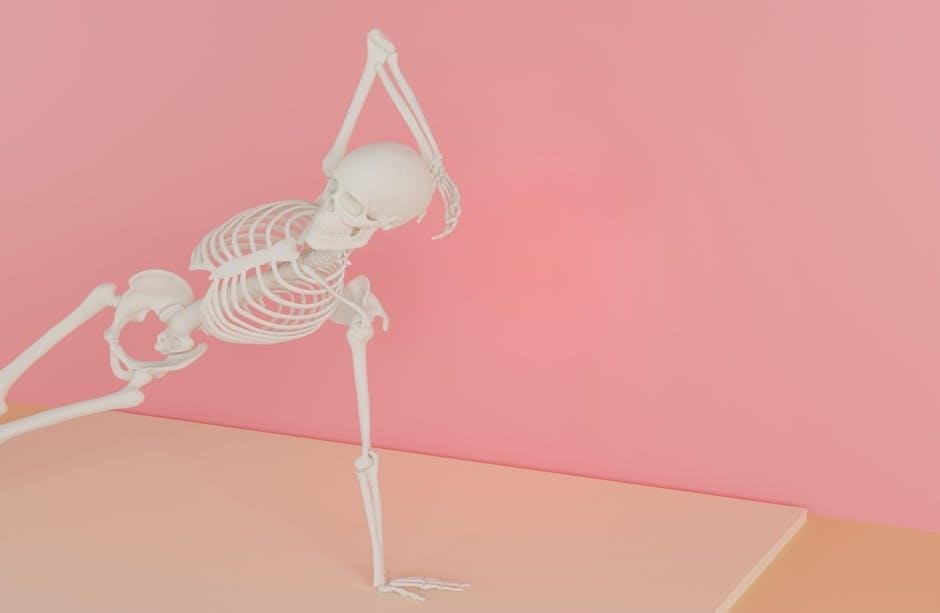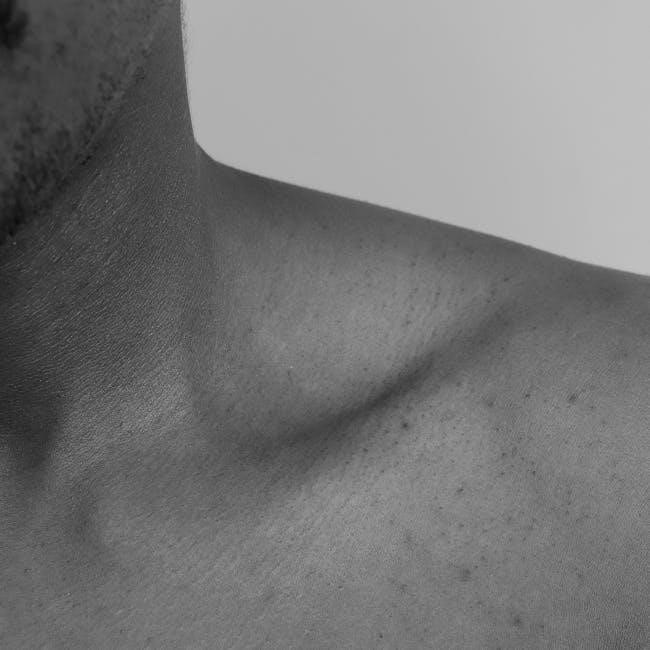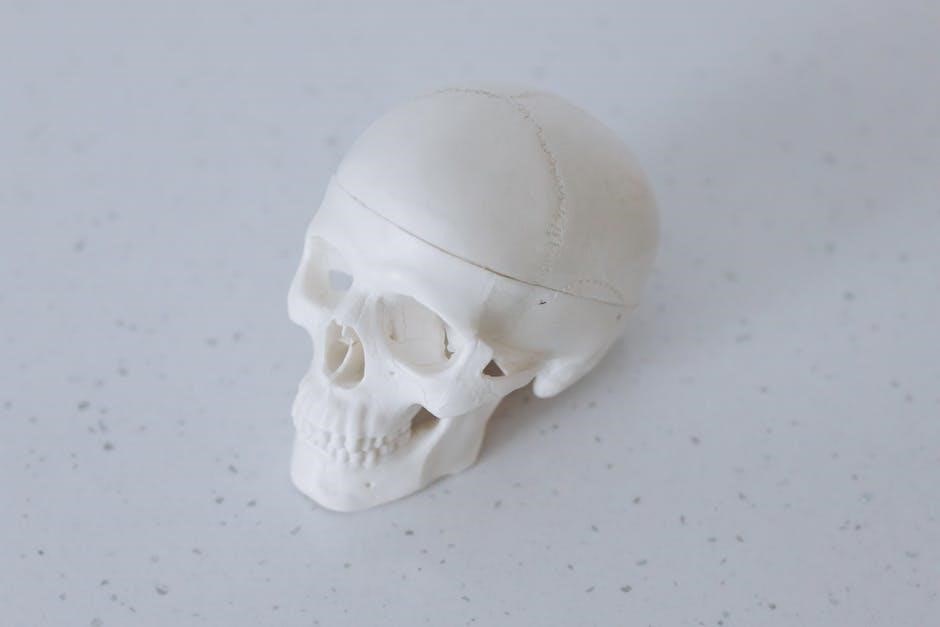Understanding human anatomy and physiology is fundamental for healthcare and education. This study guide covers essential topics, from basic vocabulary to complex systems, providing a comprehensive foundation for learners. Anatomy focuses on structure, while physiology explores function, offering insights into the human body’s intricate mechanisms. With interactive tools, visuals, and practice questions, this resource supports effective learning and retention for students and professionals alike.
1.1 Definition and Importance
Anatomy is the study of the body’s structure, while physiology examines its functions. Together, they reveal how the body operates, making them vital for healthcare and education. Understanding these fields aids in diagnosing diseases, developing treatments, and appreciating overall well-being. This study guide provides a structured approach to mastering these concepts, ensuring a strong foundation for students and professionals in medicine and related fields.
1.2 Basic Vocabulary: Anatomy vs. Physiology
Anatomy refers to the study of the body’s structure, focusing on organs, tissues, and cells. In contrast, physiology explores the functions and processes that enable the body to operate. The phrase “form follows function” highlights their interconnection. Understanding both is essential for grasping how the body maintains life and health. This foundation is critical for students, healthcare professionals, and researchers, as it underpins the study of human biology and medical practices.
1.3 Types of Anatomy: Gross, Surface, and Radiological
Gross anatomy focuses on the study of large body structures visible to the naked eye, often through dissection. Surface anatomy examines external body features and their relationships to internal structures. Radiological anatomy uses medical imaging, like X-rays, to visualize internal structures. These approaches provide complementary perspectives, aiding in diagnosis, education, and research. Understanding these types enhances comprehension of the human body’s structure and function, making them essential tools in healthcare and education.
The Basics of Life and Organizational Levels
The basics of life include levels of organization from cells to systems, with homeostasis maintaining stability, essential for proper physiological functions and overall health.
2.1 Levels of Organization: From Cells to Systems
The human body is organized into hierarchical levels, starting with cells, the basic structural and functional units. Cells form tissues, which specialize into types like epithelial, connective, muscle, and nervous. Tissues combine to create organs, such as the heart or liver, which perform specific functions. Organs work together in organ systems, like the circulatory or nervous system, to maintain overall health. Finally, all systems integrate to form the entire human body, ensuring coordinated function and survival.
2.2 Homeostasis and Its Significance
Homeostasis is the body’s ability to maintain a stable internal environment despite external changes. It ensures optimal conditions for cellular functions, such as temperature, pH, and nutrient balance. This balance is achieved through negative feedback mechanisms, where the body reverses changes by adjusting its processes. Homeostasis is vital for overall health, as disruptions can lead to diseases like diabetes or heatstroke. Understanding homeostasis is key to grasping how the body sustains life and responds to stressors, making it a cornerstone of anatomy and physiology studies.

The Chemical Level of Organization
The chemical level explores the building blocks of life, including elements, compounds, and biochemical processes essential for cellular function. Understanding these fundamentals is crucial for grasping how the body maintains homeostasis and supports life processes.
3.1 Elements, Compounds, and Biochemical Processes
The chemical level of organization begins with elements like oxygen, carbon, and hydrogen, which form compounds essential for life. These compounds participate in biochemical processes such as metabolism, digestion, and energy production. Understanding these processes is vital for comprehending how cells function and maintain homeostasis. This section delves into the roles of these elements, their interactions, and the biochemical reactions that sustain life, providing a foundation for advanced topics in anatomy and physiology.
3.2 Acids, Bases, and pH Balance
Acids, bases, and pH balance are critical in maintaining homeostasis within the human body. The body’s fluids, such as blood, operate within a narrow pH range (7.35–7.45) to ensure proper cellular function. Buffers like bicarbonate and phosphate systems regulate pH by neutralizing excess acids or bases. Understanding acid-base chemistry is essential for grasping physiological processes, such as respiration and digestion, and for addressing conditions like acidosis or alkalosis. This section explores the principles of pH balance and its significance in human physiology.

The Cellular Level of Organization
The cellular level focuses on the structure and function of cells, the body’s basic structural and functional units. Cells contain organelles like mitochondria and ribosomes, essential for energy production and protein synthesis. Transport mechanisms, such as diffusion and active transport, regulate material exchange across cell membranes. Understanding cellular processes is vital for grasping human physiology and maintaining overall health.
4.1 Cell Structure and Function
Cells are the building blocks of life, with structures like the cell membrane, cytoplasm, and nucleus. The nucleus contains DNA, regulating cellular activities. Organelles such as mitochondria produce energy, while ribosomes synthesize proteins. Cells maintain homeostasis through processes like metabolism and reproduction. Understanding cell structure and function is critical for grasping human physiology, as cells are the foundation of all biological systems and processes.
4.2 Transport Mechanisms and Cell Division
Cells use transport mechanisms like passive transport (diffusion, osmosis) and active transport to move substances across membranes. Passive transport requires no energy, while active transport uses ATP. Cell division, including mitosis and cytokinesis, ensures growth, repair, and reproduction. Mitosis maintains genetic continuity, while cytokinesis divides the cytoplasm. Understanding these processes is vital for comprehending tissue repair, immune function, and overall physiological balance in the human body.
The Tissue Level of Organization
Tissues are groups of similar cells forming functional units. The four primary types—epithelial, connective, muscle, and nervous—play crucial roles in forming organs and systems, enabling specialized body functions.
5.1 Types of Tissues: Epithelial, Connective, Muscle, and Nervous
The human body is composed of four primary tissue types, each with distinct functions. Epithelial tissue forms linings and coverings, protecting surfaces and regulating exchange. Connective tissue supports and binds structures, such as bone, cartilage, and blood. Muscle tissue enables movement through contraction, while nervous tissue facilitates communication via electrical and chemical signals. Together, these tissues form the building blocks of organs and systems, ensuring the body functions harmoniously.
5;2 Functions and Characteristics of Each Tissue Type
Epithelial tissue protects surfaces, lines cavities, and regulates exchange, forming barriers and glands. Connective tissue supports, binds, and repairs, with types like bone and cartilage providing structure. Muscle tissue contracts to enable movement, with skeletal, smooth, and cardiac variations. Nervous tissue transmits signals, consisting of neurons and glial cells. Each tissue type has unique characteristics tailored to its role, ensuring the body’s systems operate efficiently and maintain overall health.
The Integumentary System
The integumentary system is the body’s protective outer layer, primarily the skin, functioning to safeguard internal structures, regulate body temperature, and facilitate sensory perception through touch and feel.
6.1 Structure and Function of the Skin
The skin is the body’s largest organ, serving as a protective barrier against external threats while regulating temperature and aiding in sensory perception. Comprising layers like the epidermis and dermis, it safeguards internal tissues and maintains hydration. Sensory receptors in the skin detect sensations such as touch, pressure, and pain, making it vital for interaction with the environment. Its intricate structure ensures functions like insulation, vitamin D synthesis, and waste elimination, highlighting its multifaceted role in maintaining overall health and bodily functions.
6.2 Accessories of the Skin and Their Roles
The skin’s accessories include hair, nails, and glands, each serving vital functions. Hair protects the scalp and aids in sensory perception, while nails shield fingertips and toes. Sebaceous glands produce oil to moisturize and protect the skin, and sweat glands regulate body temperature through perspiration. These structures enhance the skin’s protective role and contribute to overall bodily functions, ensuring hydration, thermoregulation, and sensory interaction with the environment;

Bone Tissue and the Skeletal System
Bone tissue forms the skeletal system, providing structural support and protection. It consists of compact and spongy bone, facilitating movement, blood cell production, and mineral storage efficiently.
7.1 Types of Bones and Their Functions
The human skeleton consists of 206 bones, classified into five types based on shape and function. Long bones, like the femur, support body weight and enable movement. Short bones, such as carpals, provide stability. Flat bones, including the skull and ribs, protect internal organs. Irregular bones, like vertebrae, have unique shapes for specific roles. Sesamoid bones, such as the patella, protect tendons and enhance movement efficiency.
7.2 Bone Structure, Growth, and Remodeling
Bones are composed of compact and cancellous bone tissue, with the periosteum covering the outer surface and the endosteum lining internal cavities. Growth occurs through ossification, where cartilage is replaced by bone, and continues until adulthood. Remodeling involves osteoclasts breaking down bone and osteoblasts rebuilding it, maintaining calcium balance and structural integrity. This dynamic process ensures bones adapt to stress, repair micro-fractures, and sustain overall skeletal health throughout life.
The Axial Skeleton
The axial skeleton includes the skull, vertebral column, ribs, and sternum, forming the body’s central framework. It protects vital organs and provides attachment points for muscles, enabling movement and stability.
8.1 Skull, Vertebral Column, Ribs, and Sternum
The skull protects the brain, while the vertebral column supports the torso and houses the spinal cord. The ribs and sternum form the rib cage, safeguarding the heart and lungs. Together, these structures provide stability, facilitate movement, and shield vital organs. The vertebral column’s natural curves enhance flexibility and weight distribution, ensuring optimal posture and functionality.

The Appendicular Skeleton
The appendicular skeleton includes the upper and lower limbs, pelvis, and shoulder girdles. It enables movement, supports the body, and protects vital organs like the reproductive system.
9.1 Upper and Lower Limbs
The upper limbs consist of the arm, forearm, and hand, with bones like the humerus, radius, and ulna. The lower limbs include the thigh, leg, and foot, featuring the femur, tibia, and fibula. These bones form joints such as the shoulder, elbow, hip, and knee, enabling mobility and support. The pelvis and shoulder girdles connect the limbs to the axial skeleton, facilitating movement and providing structural stability. This section details the anatomy and functions of these components, essential for understanding human locomotion and posture.
9.2 Pelvis and Shoulder Girdles
The pelvis and shoulder girdles form critical connections between the axial skeleton and the limbs. The pelvis, composed of the ilium, ischium, and pubis, provides a sturdy base for the lower limbs and supports the spinal column. The shoulder girdles, including the scapula and clavicle, enable extensive range of motion for the upper limbs. These structures are essential for transferring forces between the body and limbs, ensuring stability and mobility in daily activities. Their unique anatomy allows for both strength and flexibility.
Mastering anatomy and physiology requires consistent practice and active learning. Use interactive tools, flashcards, and group study to reinforce concepts. Regular review and practical application enhance retention, making this complex subject rewarding and manageable for learners of all levels.
10.1 Effective Study Strategies for Anatomy and Physiology
Effective study strategies for anatomy and physiology involve active learning, such as labeling diagrams and engaging with interactive tools. Use flashcards to memorize terminology and concepts. Regular review of notes and textbook chapters helps build a strong foundation. Practice with quizzes and case studies reinforces understanding. Collaborate with peers or join study groups to discuss complex topics. Integrate technology, like 3D anatomy apps, to visualize structures. Set a consistent study schedule and prioritize hands-on activities to enhance retention and mastery of the material.
10.2 Recommended Resources and Practice Tools
Key resources include OpenStax’s free Anatomy and Physiology textbook and accompanying study guide. TeachMeAnatomy offers in-depth guides, visuals, and interactive tools. Ken Hub provides text, videos, and quizzes for self-study. Visible Body’s 3D app enhances visual learning, while GetBodySmart uses animations for body systems. Flashcards, worksheets, and practice exams are also essential for reinforcing concepts. These tools collectively provide a comprehensive learning experience, catering to diverse learning styles and needs.




